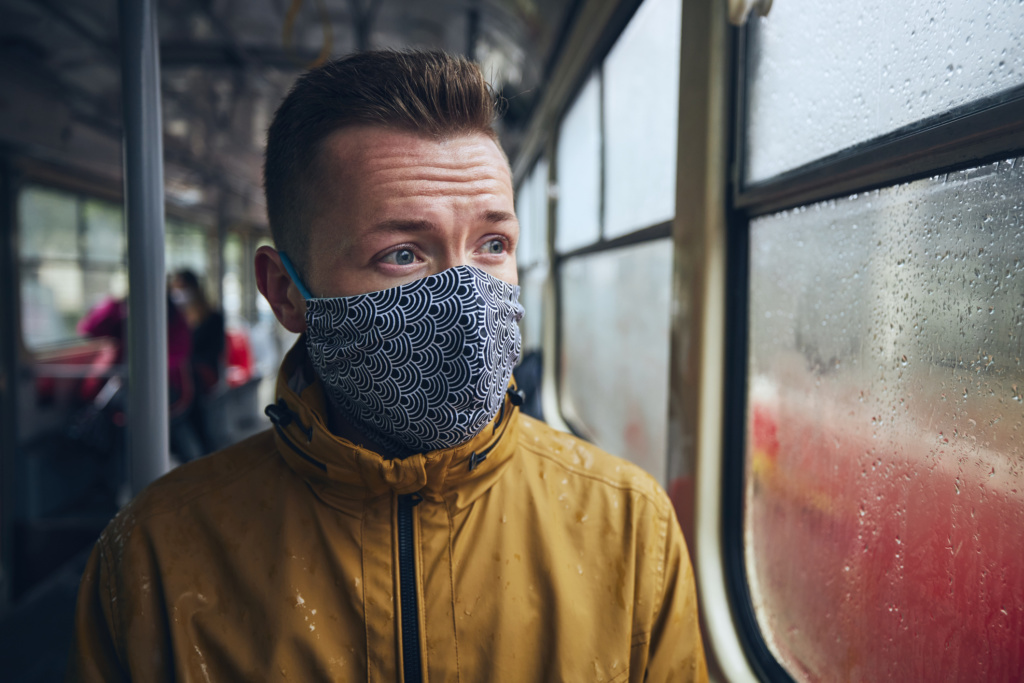
The COVID-19 pandemic has had a tremendous impact on American society. The need to isolate to prevent spread of the disease led to the loss of over 22.0 million jobs, pushing the comprehensive measure of unemployment to over 20.0 percent, and the share of women working below 50.0 percent. And in terms of american’s physical health, the pandemic has been equally brutal, resulting in 30.2 million COVID-19 cases reported, and over one-half million deaths so far.1
The federal government over the past year has led a vigorous policy response to the damage that the pandemic has wrought on the economy and the physical health of the nation, authorizing over $3.1 trillion in relief and recovery support. However, there has not been enough done at the federal level to address what is frequently triggered by exposure to these unprecedented levels of social isolation, job loss, illness, and death: anxiety and depression.
The neglect of mental health concerns—particularly anxiety and depression—in the federal relief and recovery policy responses over the past year is a serious oversight. According to the U.S. Census Bureau’s first Household Pulse survey of 2021,2 for example, anxiety rates are now 35.9 percent, up from 6.1 percent3 before the pandemic.
This is not to say nothing has been done. In March of this year, Congress passed, and President Biden signed the $1.9 trillion American Rescue Plan Act of 2021 into law.4 The act makes historic investments that support better access to mental health care and other essential health provisions in response to the COVID-19 pandemic. New funding and programs outlined in the act primarily focus on prevention and treatment of mental health and substance use disorders and expanding access to affordable health insurance coverage.
A greater attention on mental health issues is long overdue. There is a well-developed literature on the increased incidence of depression, alcoholism, and drug overdose, particularly among young adults, even during the run-up to the pandemic.5 According to the Centers for Disease Control and Prevention (CDC), unintentional injuries (that is, drug overdoses), suicide, and liver disease (typically from alcoholism) are now the first, second, and sixth leading causes of death for people ages 15 to 44 years old.6 Princeton economists Anne Case and Angus Deaton label these three types of death as “deaths of despair” and link their increased incidence to a variety of economic forces that have made life harder for all types of workers and their families, especially among the white middle class.7 They also note that, due to systemic racism, Black Americans have faced even more challenging lives for a more extended period than white Americans, which can further worsen economic prospects as well as mental and physical health outcomes.
More than one year has passed since the pandemic’s onset, and the economy shows modest signs of recovery—which may translate into improved mental health for some Americans. As of February of this year, the unemployment rate had fallen from 14.8 percent in April 2020 to 6.2 percent. The economy recovered more than one-half of the 22 million lost jobs. The employment-population ratio has been trending up since April 2020.
But this modest economic rebound is not a cure-all. Many analysts and policymakers believe the labor market still has a long road to recovery. The more comprehensive U-6 unemployment rate still exceeds 10 percent. The share of the population that is employed has only recovered one-third of the decline that occurred. The unemployment rate of black Americans just fell below 10 percent, still well above the pre-pandemic level.
Against this backdrop of a slow economic recovery, it remains critical that the nation focus on initiatives that address mental health.
Against this backdrop of a slow economic recovery, it remains critical that the nation focus on initiatives that address mental health. The pandemic’s impact on mental health has spotlighted the challenges that Americans have faced for years, revealing the inadequacies of the nation’s health care system to provide much-needed mental health care. What was a serious concern before the pandemic has now transformed into a major public health crisis.
This report presents evidence to support the claim that current mental health challenges constitute a public health emergency. Using the U.S. Census’ Household Pulse Survey,8 the report shows that no single individual or group has a monopoly on anxiety and depression during the pandemic. The report’s primary findings are as follows:
- Moderate to severe anxiety peaked at 37.3 percent of the adult population during the pandemic, up from 6.9 percent in 2019
- Moderate to severe depression among adults jumped from 7.0 percent to 30.2 percent over the pandemic.
- The greatest concern is anxiety among young adults: during the pandemic, 43.5 percent reported moderate to severe anxiety.
- Income is a key indicator of mental health. Households with income less than $25,000 are 20.1 percentage points more likely to report moderate to severe anxiety than a household with income that is $200,000 or more.
If not fully addressed, the nation’s current mental health crisis will result in more “deaths of despair” going forward, even long after the pandemic has subsided.
The federal government must take additional administrative and legislative action to address the mental health needs of those disproportionately impacted by anxiety and depression since the start of the pandemic. As a start, the federal government should:
- invest in initiatives that support diversifying the mental health workforce,
- enforce mental health parity laws,
- address the digital divide,
- take into account key social determinants in policy making and implement public education campaigns, and
- address structural racism in health care.

Recent Comments